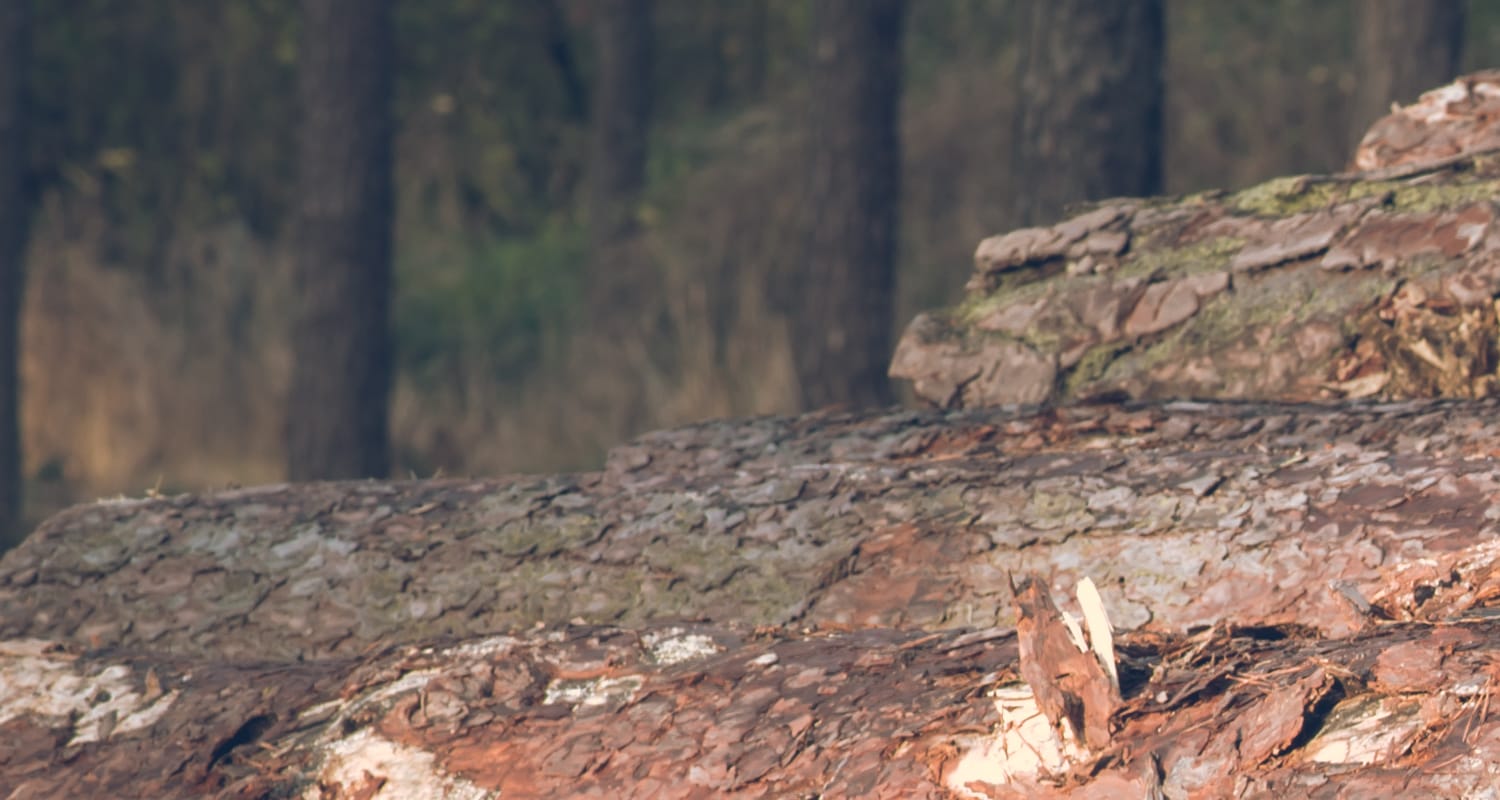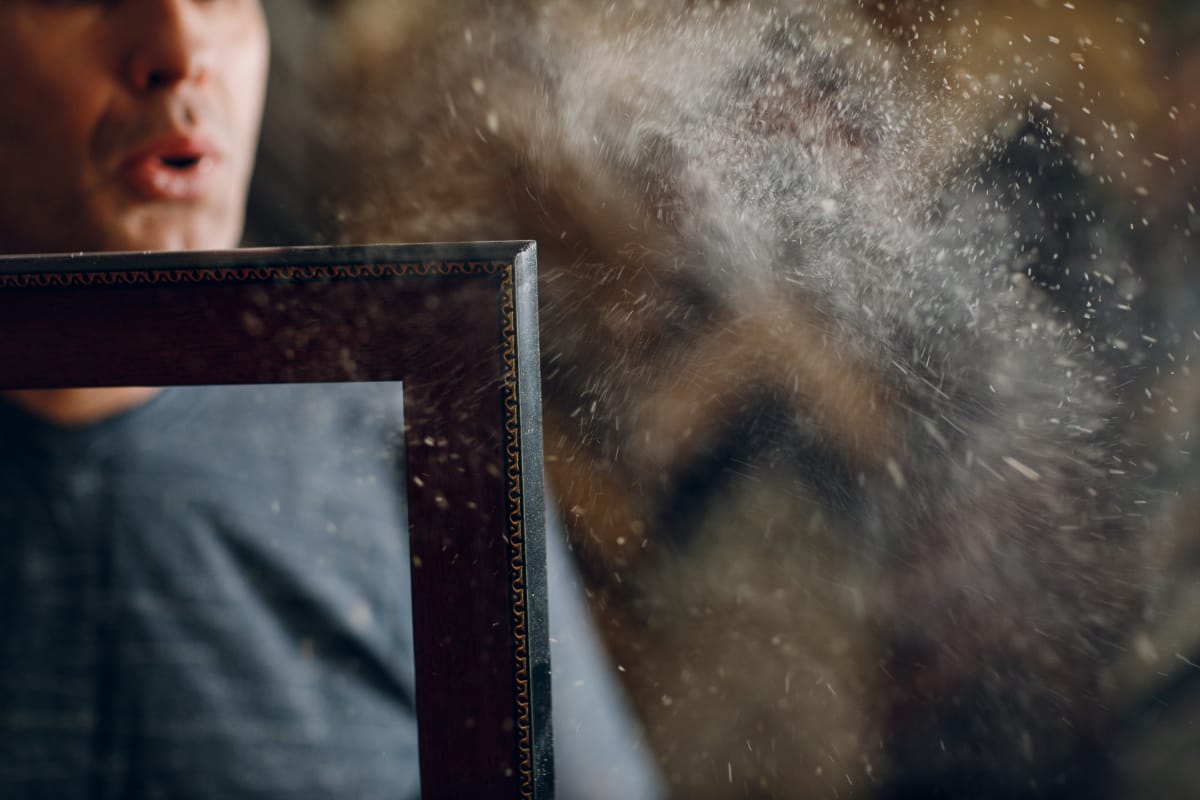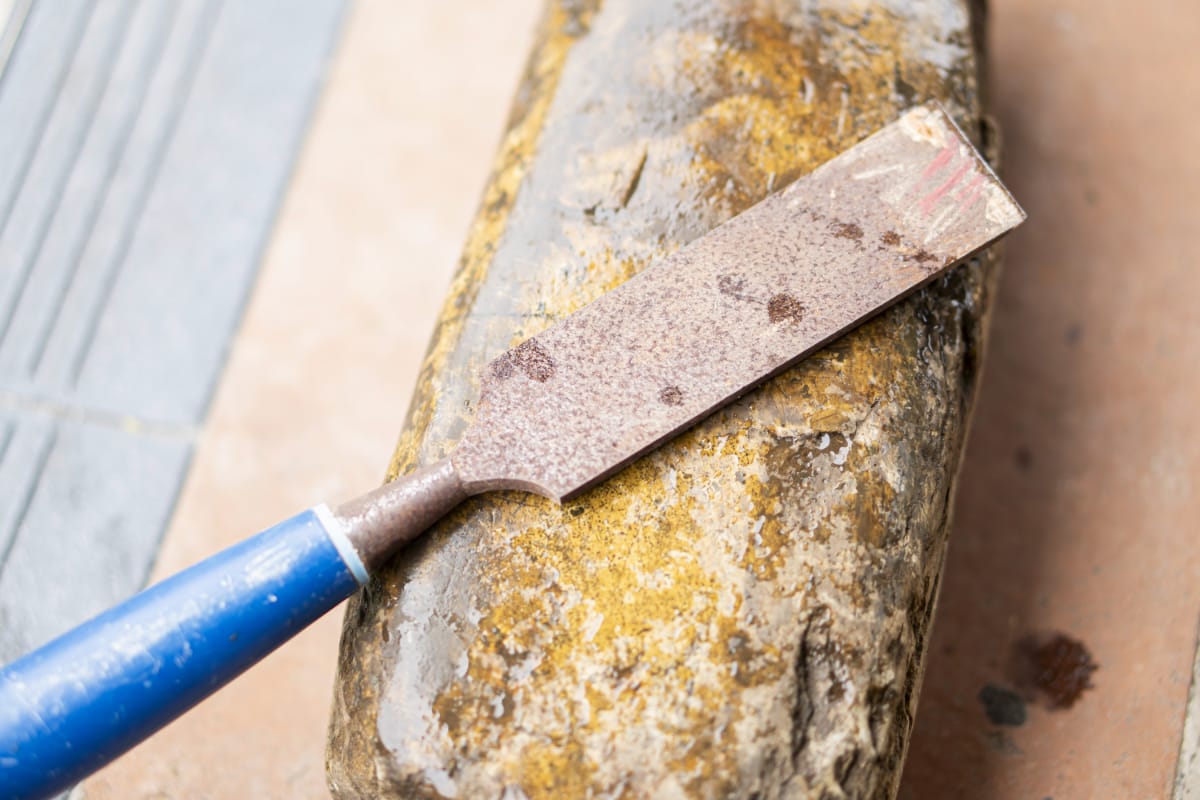Industrial Wood Veneer Production: Machinery & Expertise Guide
"At Allwood Machinery, we specialise in the supply and manufacture of high-tonnage industrial veneer press machines, rotary lathes, and slicing equipment for commercial wood veneer production. This definitive guide, built on 45 years of machinery expertise, focuses on the equipment, processes, and applications crucial for large-scale veneer operations."
Understanding Wood Veneers: A Guide for Woodworking Professionals
At Allwoods, we are dedicated to providing the woodworking industry with high-quality machinery and expert advice. Whether you require standard equipment or a custom-engineered solution, our team is here to support your business needs. We offer a comprehensive range of machinery designed for every stage of wood veneer attachment to other surfaces. If you have any questions or require specific information, please do not hesitate to contact us.
For those new to the world of wood veneers, understanding the material and the processes involved is crucial. This guide provides an overview of wood veneer production and the primary machinery used in its creation.
What are Wood Veneers?
Wood veneer consists of thin slices of wood, typically less than 3mm thick, that are bonded to core panels such as solid wood, particleboard, or medium-density fibreboard (MDF). This technique allows for beautiful finishes on a variety of products, including doors, cabinet panels, furniture components, and parquet flooring.
Key Concepts:
- Plywood: A structural material composed of multiple layers of veneer, with the grain direction of each layer oriented at a right angle to its adjacent layers for enhanced strength and stability.
- Veneer Beading: Thin, decorative strips of veneer used to edge objects like jewellery boxes, adding a refined detail.
- Manufactured Board: Veneer itself can be considered a type of manufactured board when applied to a substrate.
The Production of Wood Veneers
Veneers are created by carefully processing the trunk of a tree. Two primary methods are employed:
- Peeling: The log is rotated against a sharp blade, producing a continuous or semi-continuous sheet of veneer. This rotary-cut veneer is primarily used for plywood due to its consistent but less figured appearance, as the cut follows the tree's growth rings concentrically.
- Slicing: Large, rectangular blocks of wood are moved vertically against a stationary blade, yielding individual slices. This method produces veneer that closely resembles sawn timber and reveals the growth rings in a more pronounced manner, known as crown cut veneer.
- Half Round Lathe: This technique combines rotation and controlled movement of the log to highlight specific grain patterns and create a more textured aesthetic, resulting in what is commonly referred to as rift cut veneer.
The specific slicing process, in conjunction with the tree species, dictates the unique grain effect and visual characteristics of the resulting veneer.
Type of Veneer Equipment
The commercial production of wood veneers relies on three main types of machinery:
- Rotary Lathe: Designed for the peeling process, this machine efficiently produces large volumes of veneer, primarily for plywood manufacturing.
- Slicing Machine: This equipment precisely slices flitches (prepared sections of log) to create decorative veneers with a sawn timber appearance.
- Half Round Lathe: Offering greater control over the cutting process, this lathe allows for the creation of veneers with specific grain orientations and textures, ideal for high-end applications.
Understanding Different Veneer Types
A diverse range of veneers is available to meet specific application requirements:
- Raw Veneer: Unbacked veneer that can be used with either side facing outwards. It's important to note that the two sides will exhibit different finishes after processing.
- Paper Backed Veneer: A layer of paper backing provides increased stability and allows for the production of larger sheets by joining smaller pieces before backing. This type is particularly useful for veneering curved surfaces as it reduces the risk of cracking.
- Phenolic Backed Veneer: Less common but gaining popularity for use in composite or man-made wood veneers, offering durability and flexibility for curved applications.
- Laid Up Veneer: Raw veneers that have been meticulously joined together to create larger, custom-sized sheets of specific patterns. While a careful process, it does not require extensive machinery.
- Reconstituted Veneer: Manufactured from fast-growing tropical wood species. Raw veneer sheets are dyed and then laminated into blocks, which are subsequently sliced to create a consistent "grain" pattern from the laminated edges.
- Wood on Wood (2-Ply): Consists of a decorative wood veneer face bonded to a utility-grade wood backing with opposing grain direction for added stability.
Advantages of Utilising Wood Veneers
Employing wood veneers offers several significant benefits compared to using solid wood:
- Enhanced Stability: The layered construction of veneer significantly reduces the likelihood of warping and splitting, common issues with solid wood due to moisture and temperature fluctuations. The adhesive used in bonding also contributes to the overall strength.
- Design Versatility: Veneer enables the creation of designs that would be structurally challenging or impossible with solid lumber due to expansion and contraction.
- Sustainability: Veneer production utilises less wood than solid timber construction for the same piece of furniture, making it a more environmentally responsible choice. Additionally, exotic hardwood veneers can offer an accessible alternative to scarce and expensive solid lumber.
Purchasing Wood Veneers
Wood veneers are typically sold by the square foot. The ability to join smaller pieces minimises waste, making even off cuts usable. For smaller projects and experimentation, sequence-matched veneer packs are readily available. Furthermore, plywood and other substrates with pre-applied veneer faces are available for larger casework projects.
At Allwoods, we understand the intricacies of working with wood veneers and the importance of having the right machinery for your specific needs. Our expertise extends beyond providing equipment; we offer guidance and support to ensure your woodworking business thrives. Contact us today to discuss your machinery requirements and explore how Allwoods can contribute to your success.


